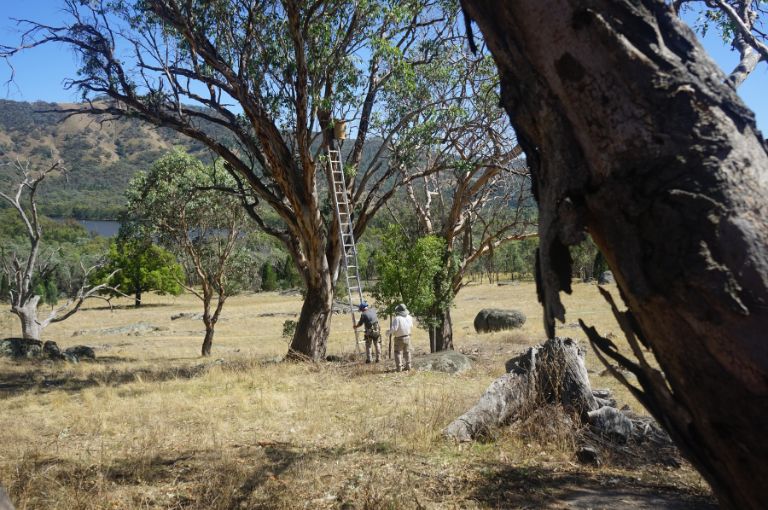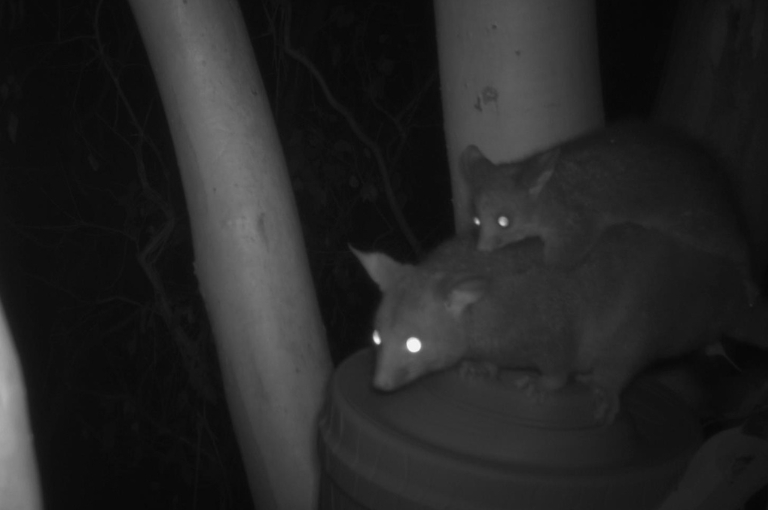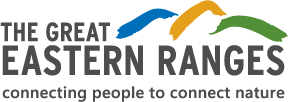
Squirrel Gliders and other animals are taking up residence in high-tech nest boxes installed around the Kanangra-Boyd to Wyangala wildlife corridor through funding from GER’s partnership with IFAW.
In 2022, K2W Link installed over 30 Habitech nest boxes – designed by ecologists to mimic the microclimate of a natural tree hollow – near Bigga, Tuena and Peelwood to provide new homes for hollow-dependent native wildlife.
Recent monitoring of the nest boxes by Habitat Innovation and Management found that they had captured the attention of local species, with 80% of the boxes on some properties showing signs of usage.
“A broad range of fauna was recorded using the Habitech nest boxes, including brushtail possums, krefft’s gliders, squirrel gliders, ringtail possums and lots of evidence of rosella nests from the recent breeding season,” said Mick Callan, Principal Terrestrial Ecologist at Habitat Innovation & Management.
Ten of the boxes were installed at The Angle, a 300-acre private property near Bigga owned by Sean and Brenda Proudman, after surveys showed that squirrel gliders were among the night-time animals present there.
The couple have been working to improve the biodiversity of The Angle and reconnect the landscape by preserving the natural habitat of gliding possums and tackle pest predators for the last 30 years.

Several of the next boxes at The Angle had evidence consistent with the nests of squirrel gliders, with footage from one site showing a glider returning every few nights over several months. Brushtail possums were also discovered living inside two of the nest boxes, and camera footage shows a mother and baby brushtail possum using another.
“We knew we had gliders because they had been picked up in an audit of bats and night birds, but we didn’t realise they were as plentiful as they seem to be. The gliders were investigating the new nest boxes within a week of installing them,” Sean says.
The customisable design of the nest boxes means that in areas where gliders appear to not be using them, they can easily and cheaply be modified to make them suitable for other species on a property.
“We’re always learning and adapting, and monitoring is a really big part of that. Understanding what is using, investigating and potentially preying on animals that shelter in the nest boxes at each site means we can better target habitat for those species,” says Mick.

“Of interest was one box that had been used by European honeybees. The bees had occupied the box, filled it with honeycomb, and within four months moved on to find a larger home. This is particularly interesting as there are many theories – none proven, that I’m aware of – of how to deter honeybees from nest boxes. But evidence suggests that dependent on the size of the colony, the bees will rather rapidly fill the nest box with honeycomb and move on to a new site leaving the nest box available for other species.
“Typically, to make the nest box habitable again will require gliders, possums or some other lucky critters to get in there and gorge themselves on honeycomb to open the box for future use. All part of the fascinating cycle of nature, and an area that is slowly gaining more understanding.”
A further nine nest boxes were installed and additional cameras set up at the time of monitoring. K2W Link is planning to install more nest box this year as part of the Great Eastern Ranges project to regenerate country, culture and communities funded through the Australian and NSW government’s Bushfire Local Economic Recovery Fund project.
Landholders who would like to get involved in the program can visit www.k2wglideways.org.au



 Media release
Media release